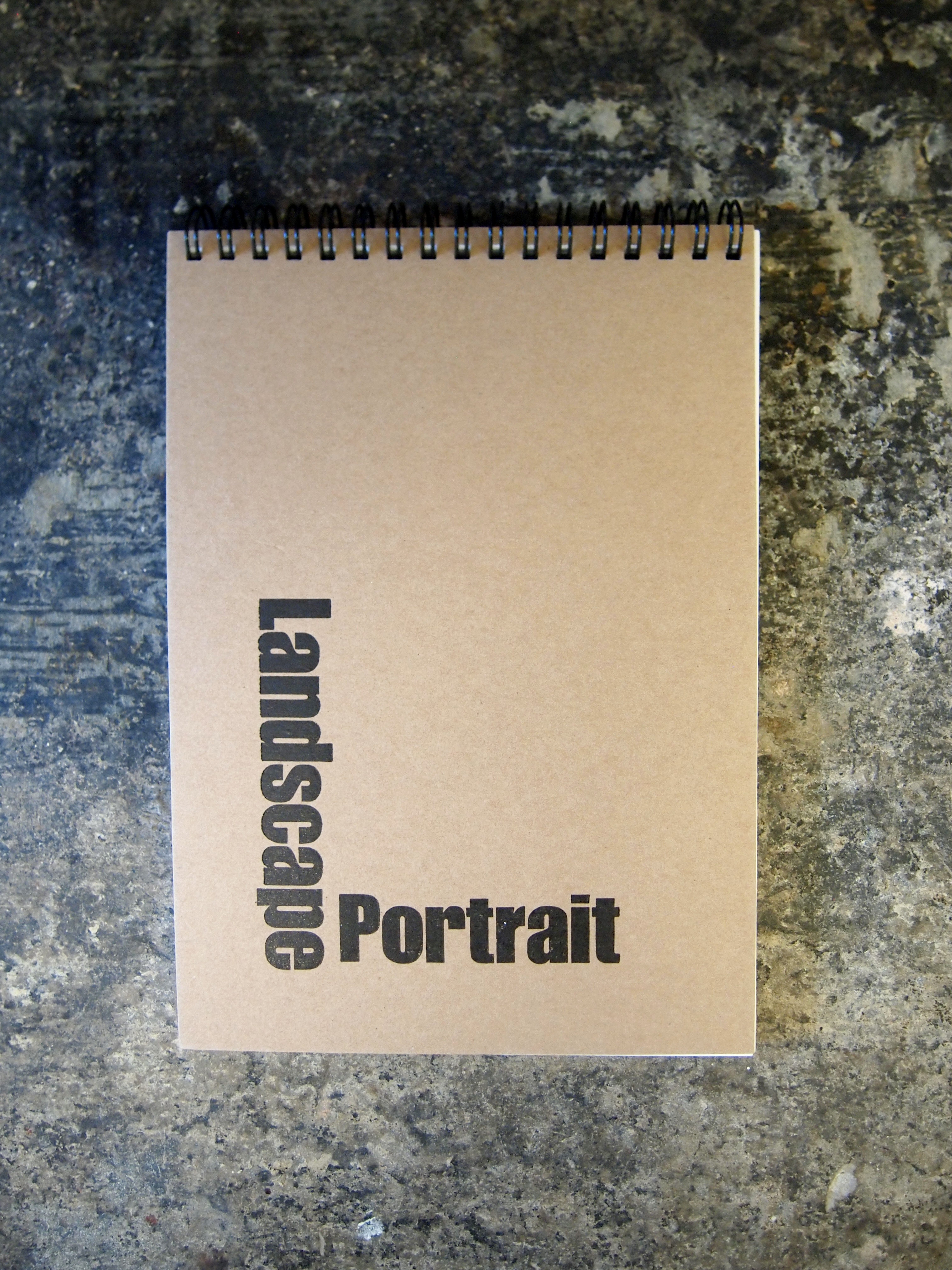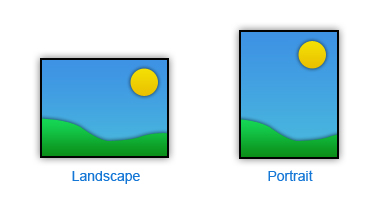
It got this distinction because, you guessed it, most pieces of art that utilize it are landscapes! Landscape is the exact opposite of portrait. The name is pretty obvious because most pieces of art that featured this orientation are, well, portraits! Portrait is a frame that hangs vertically. There is a pretty easy distinction between the two. There are two types of orientation - portrait and landscape. Landscapeįirst, let’s start with the most basic of fundamentals. We’re sharing with you some simple steps to take so that you get the perfect measurements and orientation for your frame. When you receive your frame, we want to make sure it is perfect, that’s why measuring and putting in your correct Art Size is very important! You don’t want to receive a frame that fits your art perfectly, but hangs vertically when it’s supposed to hang horizontally! landscape) is also an important step when designing your frame. With that being said, the orientation of your picture frame (portrait vs. You first need to find where you will be hanging your frames (and measure), decide what you are framing, and then choose how you will design your frame to coordinate with your other decor. There are a lot of factors that you will need to consider before submitting your order. Don’t worry if you’re not a code-whiz (I’m certainly not!)… Frameworks like have made responsive prototyping really easy for non-developers.Here at Frame It Easy, we understand that when it comes to custom framing, it is not just an impulse buy. This allows you to see how content will scale and wrap across all screen widths. When putting together your page layout, your best bet is to do so in the browser. Remove the actual page layout from the equation and suss out the overarching visual direction separately. My recommended approach nowadays is to think about your look-and-feel as a ‘style-tile’. It’s a mistake I had to make several times before changing the way I approached responsive sites! If you don’t think about the big picture in your design process, you might encounter several issues when you come to implementation.

By thinking in fixed widths, even if you’re designing up several flat visuals for different sizes, you’re not considering the hundreds of other screen widths that lie in between the ones you’ve selected. The thing about responsive, at least in my experience, is that you’ll have problems if you single out a specific screen size (or sizes) in your design process.


In the same time, turning portrait content to landscape will increase the readability of the text, but some elements will go below the fold. However, you can refer to this question: Are there any statistics on what orientation people prefer to hold tablets at? which gives a pretty nice statistical info, which leads to a conclusion that landscape should be more important.Īnother thought: if you have a website that is created for landscape, turning the device portrait will make the content smaller (including text, of course if you don't provide alternative layout). While portrait is more convenient in some cases (it's easier to consume content that is less wide, especially when it's text), landscape is more learned (all the history of TV, cinema, etc.), natural (our sight is more "horizontally oriented" for perceiving landscapes, and what is on the ground), and in some cases turning landscape gives a "boost" for text sizes, which makes the content easier to consume again.


 0 kommentar(er)
0 kommentar(er)
